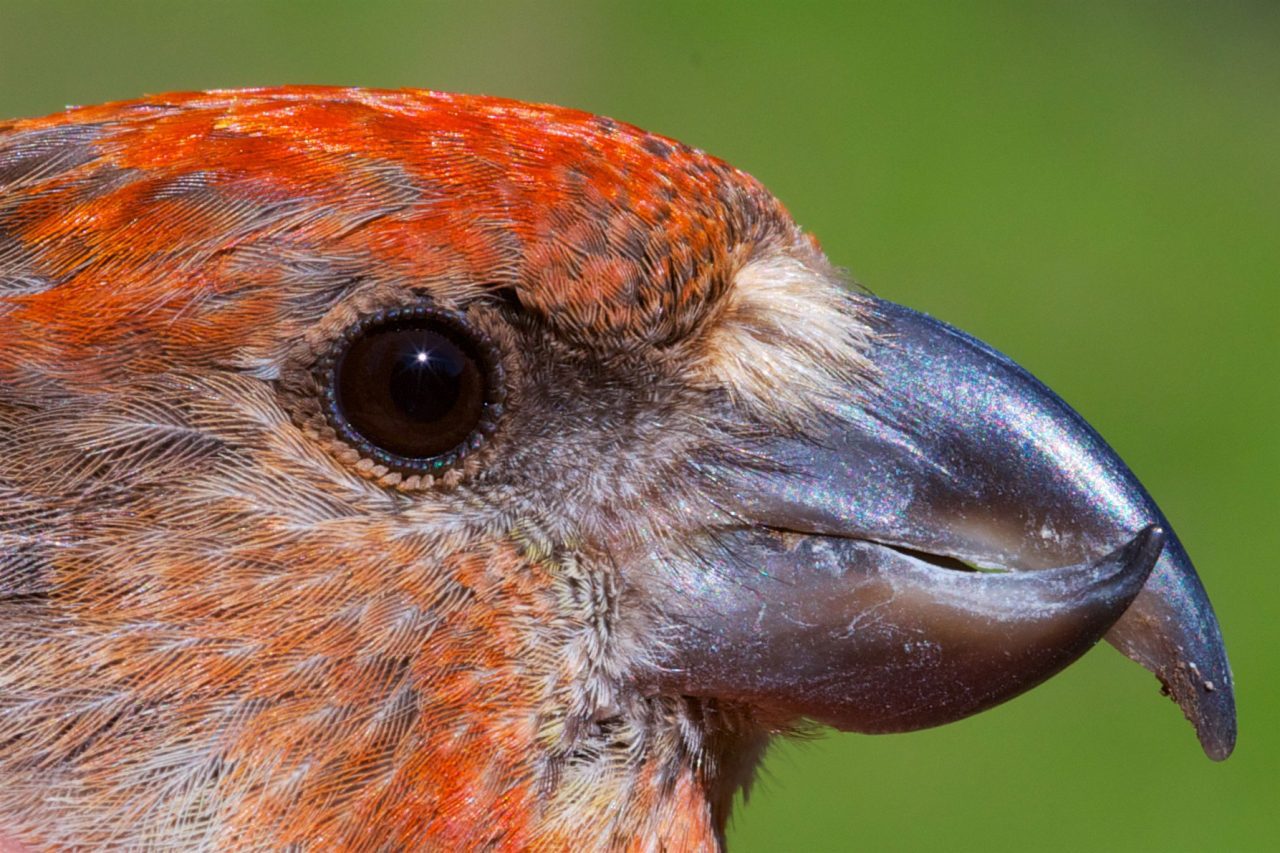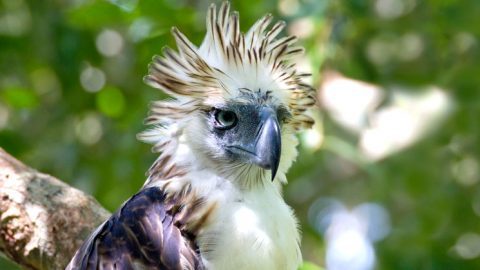Gallery: Meet the New Cassia Crossbill
By Gustave Axelson; photo by Craig Benkman
September 18, 2017
From the Autumn 2017 issue of Living Bird magazine. Subscribe now.
A new species popped out of the latest annual deliberation of the American Ornithological Society’s Classification Committee—the Cassia Crossbill. The case for a Cassia Crossbill species distinct from the other nine types of Red Crossbills lies in the Cassia’s unique evolutionary adaptation to pine cones in its home grounds of Idaho’s South Hills. This crossbill’s crossed bill is well-suited for cracking into the unusually large cones of lodgepole pines in this area, with the bill acting like a key that unlocks the nutritious seeds inside the cone. Other crossbills don’t have that key. Thus, Cassia Crossbills stay in the South Hills year-round to feed on lodgepole pines, whereas other crossbill types are nomadic, cross-continent wanderers.
Craig Benkman of the University of Wyoming has been studying the crossbills of the South Hills since 1996. It was his two-decades-plus of research that convinced the AOS committee to make the split. Benkman successfully demonstrated the uniqueness of the Cassia Crossbill—in its physical shape, its relative reproductive isolation, and its genomic distinction. “Perhaps my greatest pleasure is thinking that the Cassia Crossbill will receive the attention it deserves,” says Benkman.

All About Birds
is a free resource
Available for everyone,
funded by donors like you
American Kestrel by Blair Dudeck / Macaulay Library


